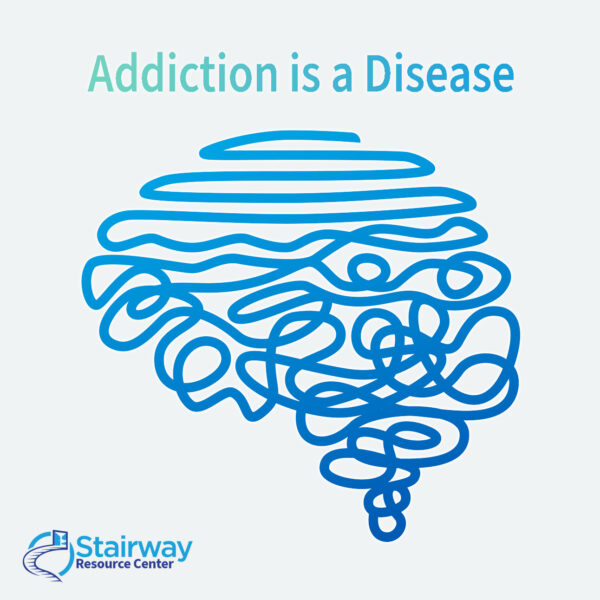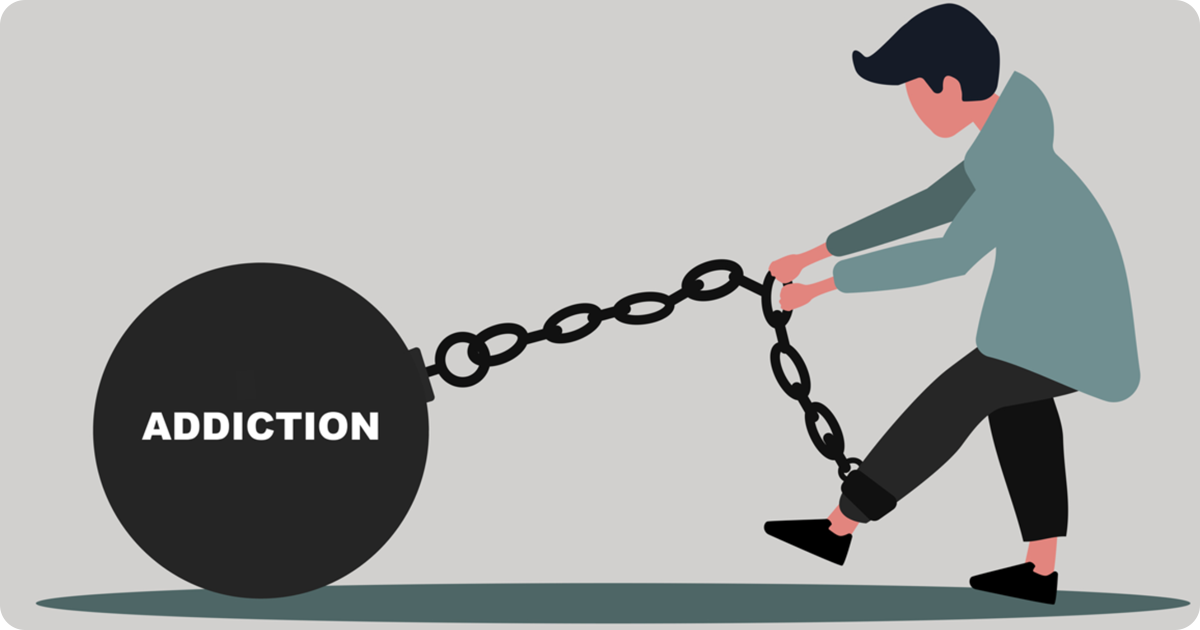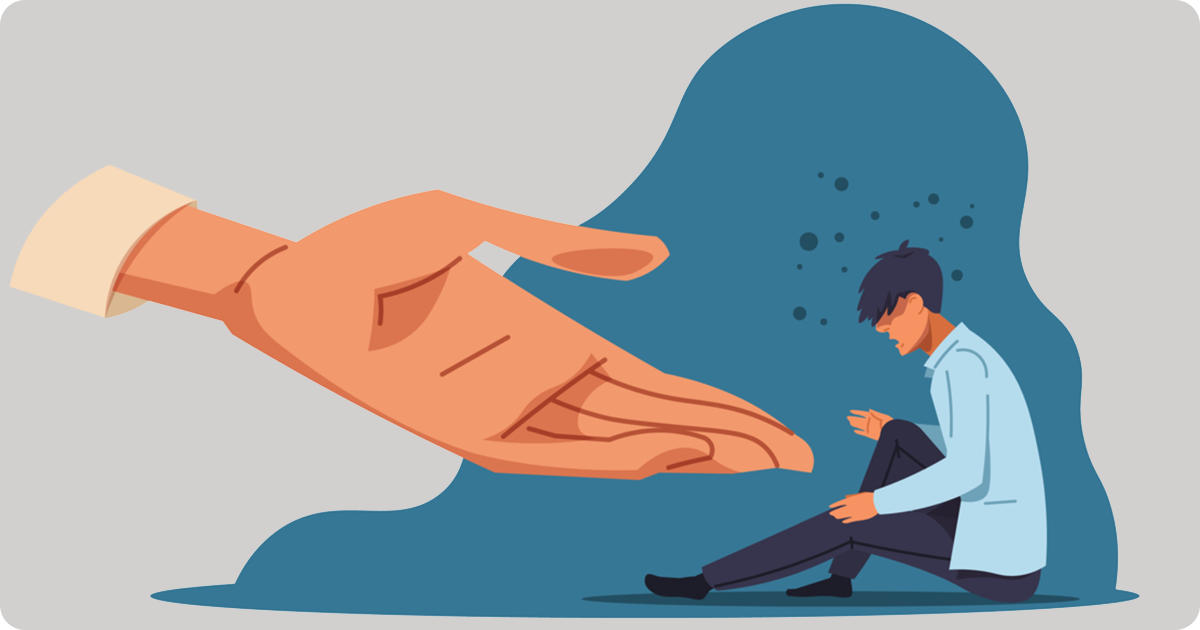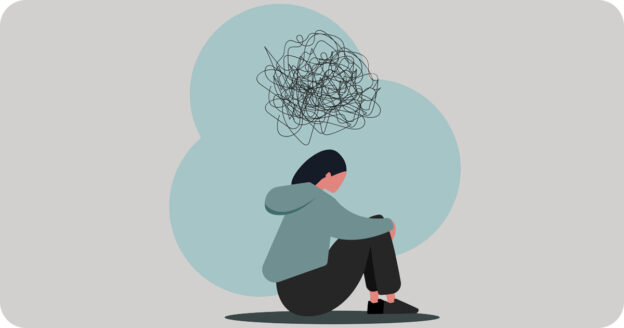Addiction is far from simple. Many Americans live in fear that they or someone they know is suffering from addiction. Addiction is a mental illness that causes physical changes in sleep cycles or weight. Behavior changes span as far as the disease does— each individual showing symptoms of addiction will often display them slightly differently. This makes the disease so difficult to study and research.
That being said, so much research has been conducted over the last century which has led leading professionals to come to certain conclusions pertaining to addiction as a disease. Learning the first signs and beginning to spot the red flags are crucial steps to take to stay healthy. Whether you’re educating yourself out of curiosity or concern, these keys to addiction will be sure to inform you about this complicated disease. With the right education and the right steps, fighting addiction together really helps.
Types of Addiction
Believe it or not, addiction is not the same for every individual struggling with the disease. Each separate case varies in some way or another. This may confuse anyone unaware of the true effects of addiction. This has resulted in many researchers today coming to the conclusion that there are two basic types of addiction, though they both have similar, compulsive patterns of behavior. Alavi SS, Ferdosi M, Jannatifard F, Eslami M, Alaghemandan H, Setare M., (2012). Behavioral Addiction versus Substance Addiction: Correspondence of Psychiatric and Psychological Views. Int J Prev Med, 3 (4):290-4. PMID: 22624087; PMCID: PMC3354400. Retrieved June 16, 2022, from https://www.ncbi.nlm.nih.gov/pmc/articles/PMC3354400/
Physical Addiction
Physical addiction is the result of chemicals altering the physical body. This is witnessed in everyday cases like fast food, sugars, and fats altering not only the body but also the brain of the person eating it. Caffeine, nicotine, and other substances are also on the list for not only causing a physical change in the user but a mental one as well. This type of addiction also tends to result in withdrawal symptoms, which range in severity depending on the substance used.
Each time a substance is used, it affects the mind of the user in a way that causes dependence on the substance. You may have heard of headaches from lack of caffeine from people who have missed their daily cup of joe. This is an instance of a withdrawal symptom. When a consistent, habitual coffee drinker misses a cup in the morning, by late afternoon that same person may be met with a throbbing migraine. This is, unfortunately, consistent with most physical substances.
Behavioral Addiction
Behavioral addiction is seen in individuals whose consistent habits are generally or potentially dangerous for the person afflicted. Also known as a natural reward system, dopamine signals in the brain are fired every time the person performs the behavior.
A common example of this is someone who enjoys extreme sports or situations to achieve a dopamine rush. This type of person may tend to perform activities like skydiving, bungee jumping, whitewater rafting, and other precarious (yet deemed safe when properly supervised) situations.
This is not the only example of behavioral addiction, however. Consider everyday ‘bad habits’ that plague most of us at least once in our lives, like biting one’s nails, eating in front of a screen, using a mobile phone excessively for social media, or participating in risky behavior like using illicit substances.
What Is Addiction?

Addiction is a mental illness that has been noted to only have been found in humans. Leshner, A. I. (1997). Addiction is a Brain Disease, and it Matters. Science, 278 (5335), 45–47. Retrieved June 16, 2022, from http://www.jstor.org/stable/2894496 The brain is one of the most complex mysteries found on our earth. This organ is the root cause of all addictive behavior. Dopamine is a neurotransmitter that is increased in the brain as an act of reward.
This reward system began as a way to encourage early humans to hunt and gather food, procreate, and sleep. Today, the dopamine reward system has shifted dramatically due to modern technologies and substances. Every time a substance is used, dopamine rushes to the brain rewarding the behavior, which causes the user to be more likely to use it again soon.
That’s why the behavioral aspects of addiction are also at play when you consider cases of physical addiction. Cigarette smokers know that they enjoy the nicotine found in cigarettes. When a cigarette smoker understands the negative effects of cigarettes outweigh the experience the user finds enjoyable, they make the decision to quit.
Knowing that addiction is not only a disease that attacks the body but also the brain is the key to better understanding the disorder and overcoming it. When one only sees addiction as a mental game, or something to be physically remedied, and not a combination of both, the cycle continues with uneducated people falling into the trap of addictive behavior. Erickson, C. K., Wilcox, R. E. (2008, October 20). Neurobiological causes of addiction. Journal of Social Work Practice in the Addictions 1 (3).https://doi.org/10.1300/J160v01n03_02
Causes of Addiction
Just as there are many faces to addiction itself, there is no single cause of addiction. Millions of Americans come face to face with addiction for some reason or another at some point in their lives. Common stigma has created a stereotype of someone who may be struggling with addiction of some sort. What most people don’t understand is the path that leads many people to addiction.
Inherited Traits
Inborn neurological traits and family genetics are a large portion of the causes of addiction. Many researchers suggest that having a parent who is susceptible to addictive tendencies may mean the child will be more likely to become addicted to a substance or behavior. People who struggle with mental illness are also more likely to engage in addictive behavior as a way to cope with mental anguish or those struggling to find meaning in life. When you have two diagnosed disorders at the same time, this is known as having a dual diagnosis.
Trauma
The stigma surrounding addiction implies that any person struggling with addiction lacks self-control or the ability to stop using. While we support the idea that everyone is responsible for their own actions, we also recognize how many people are more vulnerable to the dangers of addiction. Research also finds that trauma exposure to people with substance abuse disorders is more likely than in people who are not exposed, to develop post-traumatic stress disorder (PTSD) and more likely to relapse into their addictive behavior. Norman, S. B., Tate, S. R., Anderson, K. G., Brown, S. A. (2007). Do trauma history and PTSD symptoms influence addiction relapse context? Drug and Alcohol Dependence 90 (1), 89–96. https://doi.org/10.1016/j.drugalcdep.2007.03.002
Societal and Economic Factors
Societal and economic factors also greatly affect the number of people who suffer from addiction. Studies find that people in lower-income areas are more likely to use and become addicted to harmful substances. These areas are found to have more substance abusers due to the pain that comes with struggling daily to live in poverty.
Even if you manage to become sober, situations and/or triggers drive you back to substance abuse, which can make your odds of long-term recovery seem impossible.
Peers
Studies have also shown that most often people claim that the first time they’ve abused a substance was in the presence of the person who has introduced them to the substance in the first place. Parties and hangouts are oftentimes the first places a person with a substance abuse disorder will try a substance and become addicted.
Peer pressure is still a very real occurrence that guides more and more young, vulnerable people down the path of addiction. These same people then begin to regularly use the substance, become dependent, and subsequently begin to choose the substance over other enjoyable activities.
Symptoms of Addiction

Again, as addictions vary, addiction symptoms will also vary drastically. Experts in the field of addiction are beginning to realize that as addiction begins to become more widespread in different cases, so too shall the symptoms become even more vast. While every case is recognized as being unique, some symptoms are commonplace regardless of what the addictive substance may be.
Noticeable behavioral changes are telltale signs of someone abusing substances, such as lying, avoiding questions, mood shifts, and general irritability. Physical changes may be prevalent as well, such as shifting weight and changes in sleeping patterns. These signs may be the first things you notice in someone who may be struggling with addiction.
Bloodshot Eyes
The first of these red flags is bloodshot eyes. Red veins swelling over the whites of the eyes look painful and unnatural. While not a definite sign of drug abuse, there are many substances that cause this side effect.
Altered Speech
Another potential sign of substance abuse is slurred or fast-paced speech. Someone having trouble speaking clearly and coherently is a typical red flag of someone under the influence. When it becomes difficult to hold a conversation with someone under suspicion of struggling with addiction, there may be a problem.
Changes in Routine
A change of daily routine is also an indication that someone may be abusing substances. When their daily schedule drastically changes to the point of being apathetic to the time of day, it can be a sign of addiction or mental illness; both of which require attention.
Understanding Addiction as a Disease
Coming up with a definition for addiction was a difficult task over the last few decades. According to prominent researchers, the definition for addiction is a behavior that is used both for pleasure and to escape from the less ideal aspects of reality. Goodman, A., (1990). Addiction: Definition and implications. British Journal of Addiction, 85(11), 1403-1408. https://doi.org/10.1111/j.1360-0443.1990.tb01620.x
This behavior becomes a pattern that the user feels powerless to control and unable to stop regardless of the harm which comes to the user. With such a large portion of our population under the grasp of addiction, it is imperative that we understand the details of addiction to overcome the social stigma against those who struggle with the disease and give the information to those who are able to help.
Living With Addiction

The causes of addiction may be a combination of socioeconomic and neurological factors which creates a combination of factors that make substance abuse difficult to avoid. The symptoms also vary case by case with addiction and should be handled carefully. The complexity necessitates treating each individual for their unique conditions.

